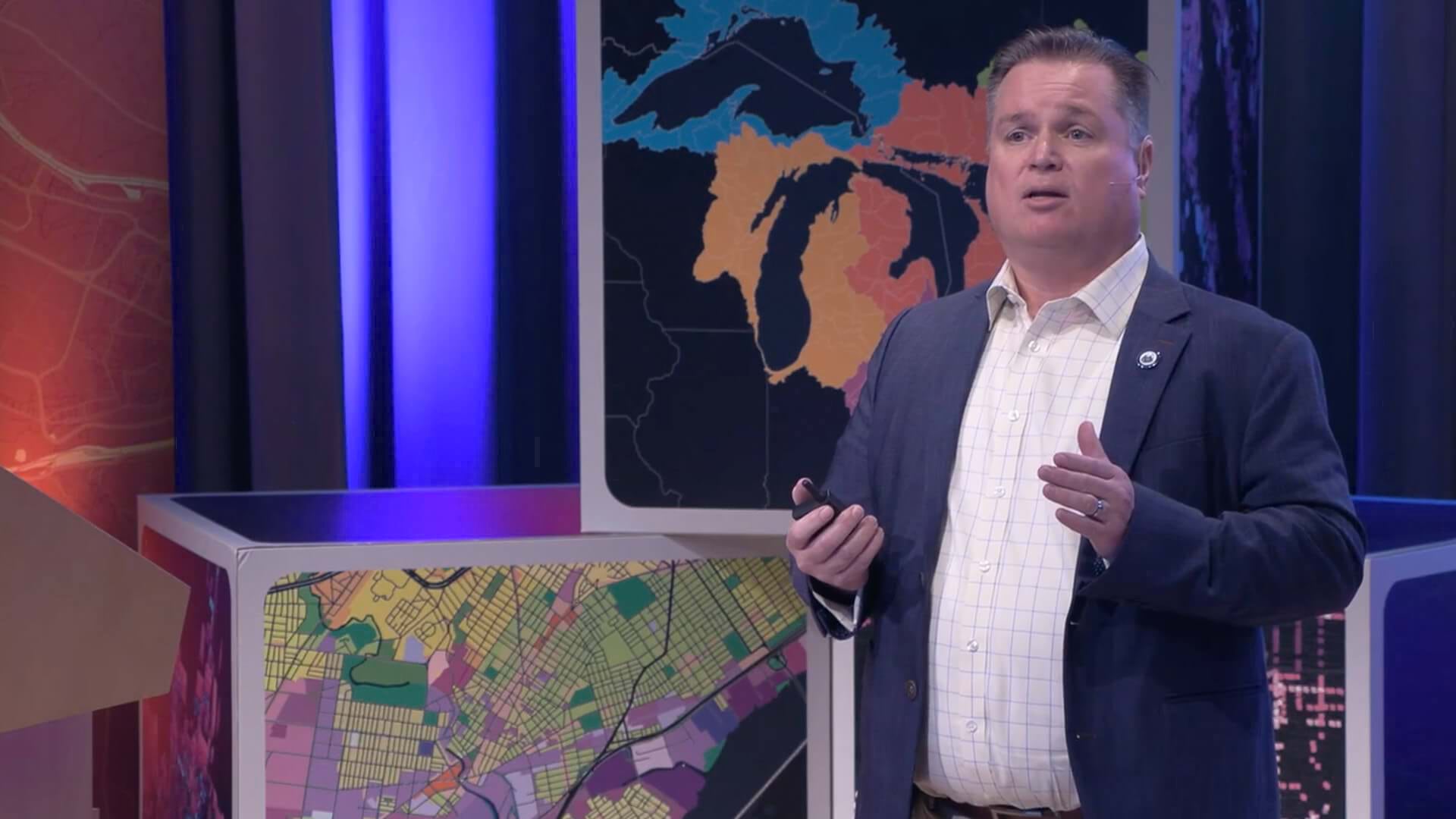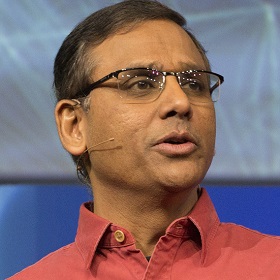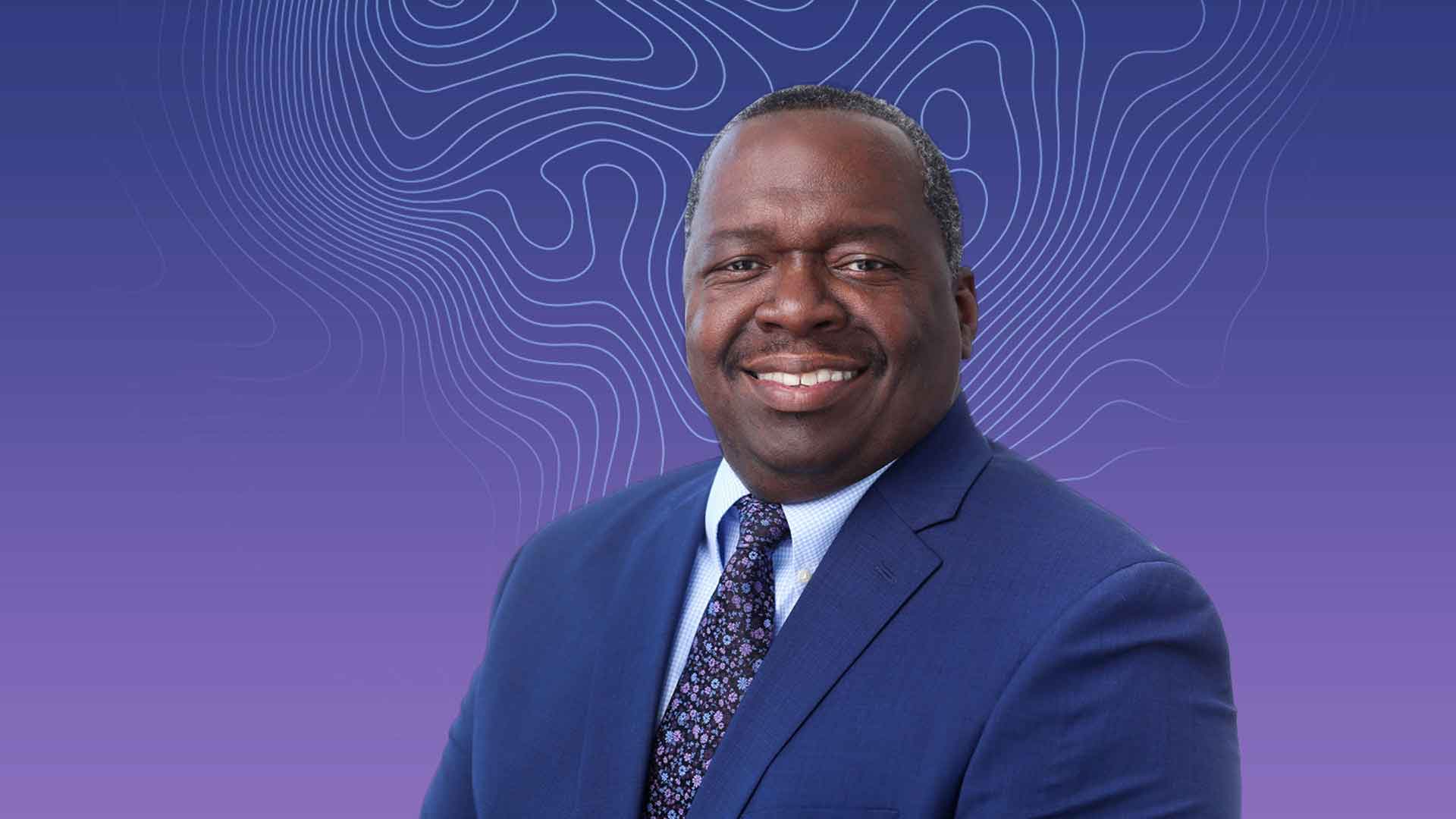To improve business collaboration through technology, don’t start with the tech.
That might sound like strange advice from the executive charged with overseeing an organization’s technology road map. But 36 years of working at the intersection of technology and public policy has taught Darryl Polk, CTO of Riverside County, California, that when you fast-track the development of enterprise systems before understanding user needs, important outcomes can be hard to achieve. It’s a lesson that CIOs and other business executives can benefit from.
“Business process will eat technology for lunch every single day,” Polk said at a CIO summit held earlier this year.
In the case of California’s fourth-most populous county, the goal was to help residents access services. That meant coordinating the work of multiple departments, including the health system, child support services, the fire department, and public social services.
To do so, Polk and the Riverside County team built an integrated service platform—a system of systems. Geographic information system (GIS) technology was a central component, collecting data in hubs and providing location-based insights on where to allocate resources for maximum impact.
But the conversation didn’t start with technology—it began with a focus on end users and cooperation across departments. That collaborative approach yielded significant gains: Ninety percent of Riverside County residents—including some of the most vulnerable populations—rated their experience with the integrated services platform satisfactory or better.
Private-sector CIOs and CTOs aiming to dissolve data siloes and synchronize business functions can draw three lessons from Polk’s collaboration playbook.
Lesson 1: Focus on People Projects, Not Tech Projects
Riverside County’s tech leaders encountered the same challenges that business leaders often confront when attempting to build consensus, from dealing with big personalities to juggling multiple systems of record.
Polk’s advice: Focus on the challenges of the people you’re serving. Riverside County embarked on its integrated services project because county leaders realized that residents were missing out on services.
The CTO or CIO of a bank might use GIS analysis to spot underserved regions, also known as banking deserts. To close the gap, departments would likely need better data-sharing practices. By meeting with colleagues in marketing, sales, IT, real estate, and finance, a CIO can level-set on consumer needs and begin outlining technology and data solutions to address them.

Let’s face it, unless somebody out there has been super disciplined for a lot of years, most of our data is like the kitchen junk drawer.
Lesson 2: Define Outcomes and the Role Tech Will Play
Riverside County’s goal of uniting the efforts of many departments required weaving together several digital systems. GIS, with its ability to analyze location data, figured prominently as a system of insight. A data lakehouse helped Polk and team pull in structured and unstructured information for GIS and other apps to analyze.
In the private sector, a clear view of expected outcomes can help CIOs and CTOs align ERP systems, CRM databases, GIS, and third-party data in ways that best serve customers.
The team leading Riverside County’s integrated services project didn’t attempt to onboard all 42 county departments at once. Similarly, a business CIO should focus first on departments that will make the biggest impact and will be natural collaborators. That can ensure continual progress toward goals.
“Our approach on this is not [to] build Noah’s ark,” Polk said. “It’s to build small boats to take each animal two by two until we get everyone to safety.”
Lesson 3: Invest In Impactful Strategies
Among Riverside County’s 2.5 million residents, Polk and his partners focused on certain demographic groups, including veterans, children at risk, seniors, and people experiencing homelessness.
GIS-driven location intelligence enabled Riverside County to identify areas where families eligible for nutrition assistance were not taking advantage of it.
“Instead of sending out fliers to all of our two and a half million residents, we are focusing on the communities where we think they need it most,” Polk explained.
A private-sector company might use location intelligence to target its marketing efforts. GIS can help a resort offering new deals focus on consumers of a certain age or income level. It can aid a utility in deploying electric-vehicle chargers in neighborhoods with the most EV drivers. By investing in the highest-impact strategies, companies can reduce spend and maximize outcomes.
Public-sector and private-sector CTOs and CIOs serve different audiences—but when it comes to driving stronger collaboration, the guiding principles are similar. The next time a corporate initiative calls for coordination across departments, executives would do well to heed Darryl Polk’s advice—put people first, lead with outcomes, and invest in targeted impacts.
Explore the full video of Darryl Polk’s presentation.
The Esri Brief
Trending insights from WhereNext and other leading publicationsTrending articles

December 5, 2024 |

November 12, 2018 |

July 25, 2023 |

February 1, 2022 |

July 29, 2025 |

August 5, 2025 | Multiple Authors |





